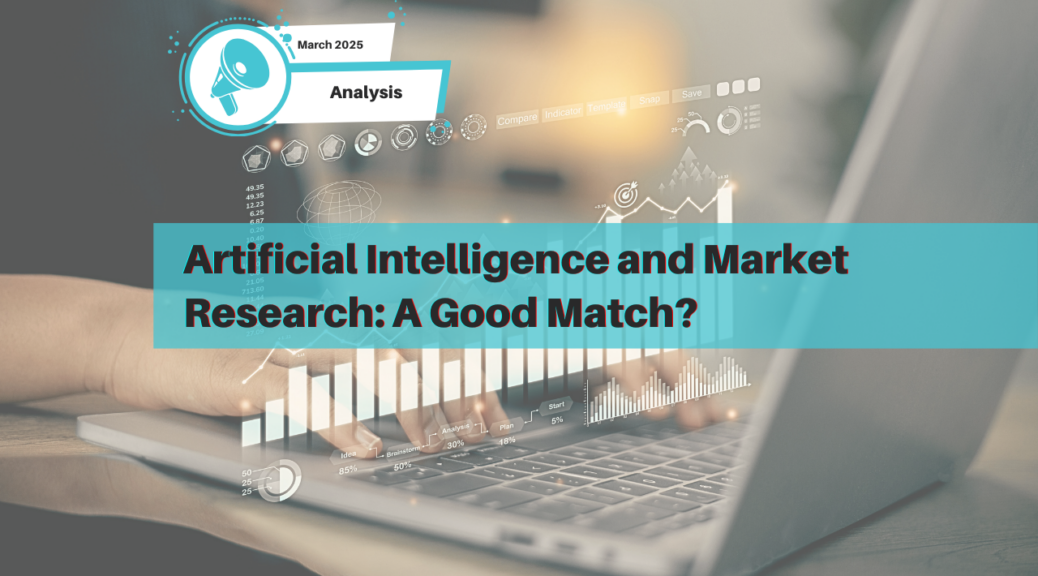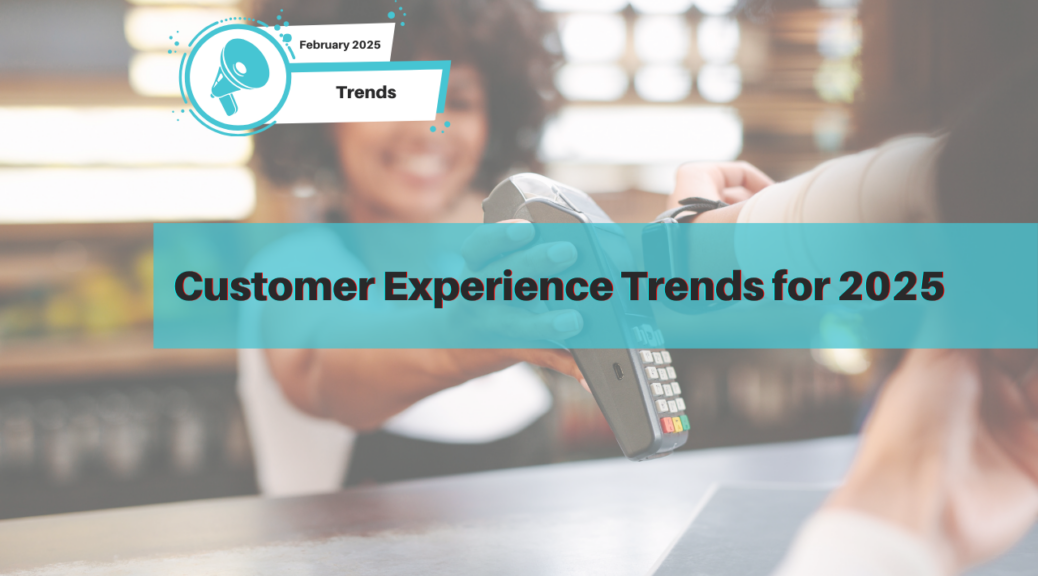Artificial Intelligence and Market Research: A Good Match?
How should you, or can you use AI’s immense potential of when it comes to market studies?
First and foremost, companies – whether targeting consumers (BtoC) or other businesses (BtoB) – must constantly make strategic decisions. These include:
- Whether or not to launch a new product
- Market segment selection
- Positioning or differentiation definition
- Identifying expansion opportunities
- Price optimization
Market research can be time-consuming and costly. Sometimes, timing is crucial if you want to take advantage of certain favorable circumstances. It’s therefore crucial to define the questions to be addressed and to structure the research according to actual needs.
Before carrying out market research, you need to define the questions you want answered. Then we identify the information we already have and define the methodology for obtaining the missing answers. Here are a few examples of potential sources of information:
- Official statistics
- Expert interviews
- Literature reviews and competitive analyses
- Surveys and focus groups
Artificial intelligence: a complementary but not infallible tool
Depending on the time available, the use of AI should be seen as an additional resource in the available arsenal of tools. For example, in the context of market research, artificial intelligence tools could be used to:
- Quickly identify relevant sources of information
- Linking concepts and trends
- Generate hypotheses on market strengths and weaknesses of the organization, and opportunities and threats in the market
- Establish chronologies of events and identify influencing factors (regulations, barriers to entry, etc.).
- Identify potential competitors
However, it is clear that artificial intelligence tools have generated “hallucinations” that involve invented facts, information that is more or less realistic, incomplete or simply untrue.
Sources can be biased, subject to external influences or unfounded. But sometimes, information generated by artificial intelligence can greatly speed up the market research process. You need to be able to analyze the information provided by artificial intelligence and validate its authenticity and veracity. Rigor is essential!
Artificial intelligence will never replace human insights gained from customer testimonials, experts or contextual analysis. Market research is not just a matter of accumulating data, but requires a detailed understanding of the economic, social and political context.
In short, professional rigor means generating the fullest, truest and most useful analysis possible. Artificial intelligence can greatly speed up the market research process, but it should not replace human intelligence as consequences deriving from some decisions can be very significant. An independent market research can lend a helping hand!

